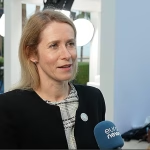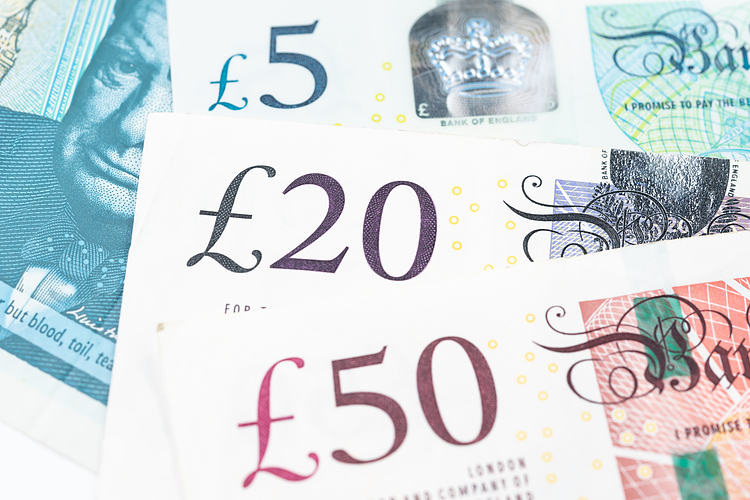The Pound Sterling has shown strong performance against major currencies, including the US Dollar, following Keir Starmer’s victory as UK Prime Minister. With the Labour Party gaining an outright majority, investors have increased confidence in the UK financial markets. This stability in government is expected to boost the appeal of the Pound Sterling in comparison to other currencies. Additionally, the Bank of England is anticipated to begin reducing interest rates starting in August, further supporting the Pound Sterling’s strength.
In the US, wage growth has slowed as expected, with Average Hourly Earnings growing at a slower pace. Despite this, labor demand remained strong in June, with higher-than-expected payrolls. The US Dollar index has weakened, as investors believe the Federal Reserve will start reducing interest rates as early as September. The probability of rate cuts has increased, affecting the appeal of the US Dollar against other currencies.
From a technical analysis perspective, the Pound Sterling is approaching a key resistance level against the US Dollar at 1.2800. The currency pair has shown bullish momentum, breaking above important Fibonacci retracement levels. The RSI indicator suggests a shift in momentum towards the upside, indicating a positive outlook for the Pound Sterling.
Amidst these developments, economic indicators such as the Unemployment Rate play a crucial role in shaping market movements. A decrease in the Unemployment Rate is typically seen as bullish for the US Dollar, while an increase is deemed bearish. However, the overall market direction will also depend on other factors such as the Nonfarm Payroll data.
Overall, the Pound Sterling’s strength in the foreign exchange market is driven by the UK political stability and expectations of interest rate cuts by the Bank of England. Meanwhile, the US Dollar faces pressure due to slowing wage growth and increasing anticipation of rate cuts by the Federal Reserve. Technical analysis signals a bullish outlook for the Pound Sterling against the US Dollar, with key resistance levels being tested. Economic indicators like the Unemployment Rate will continue to influence market sentiment and currency movements.









